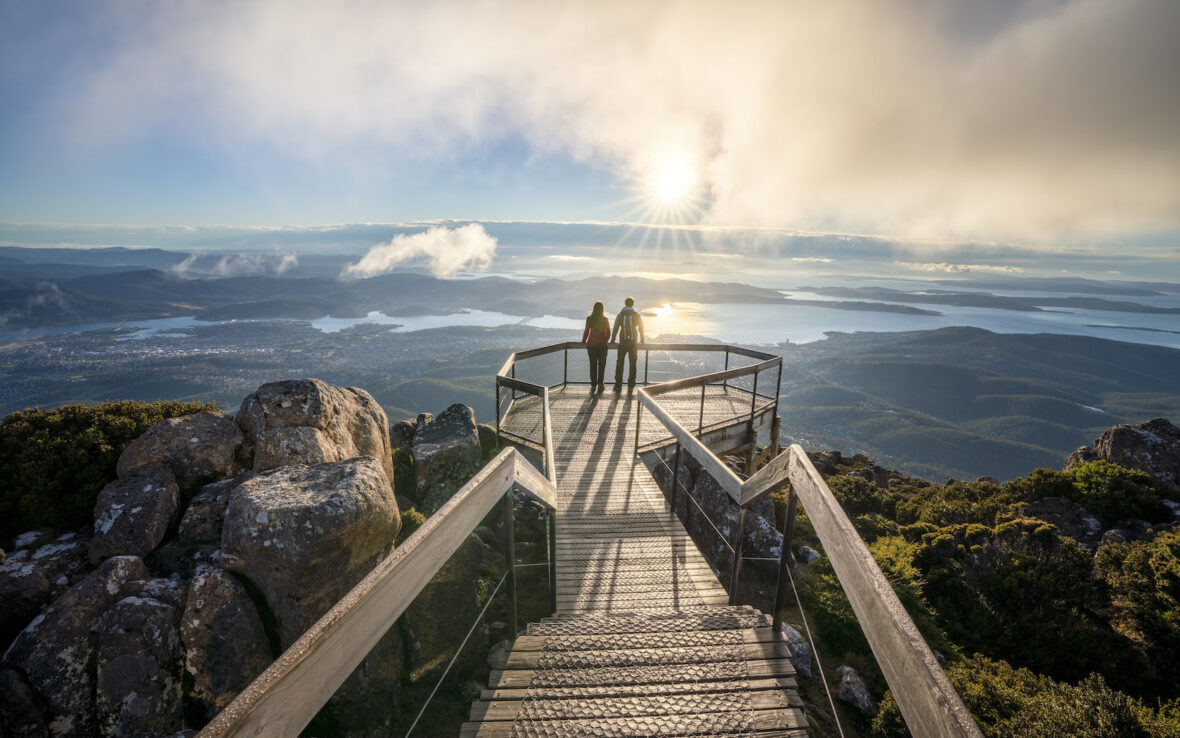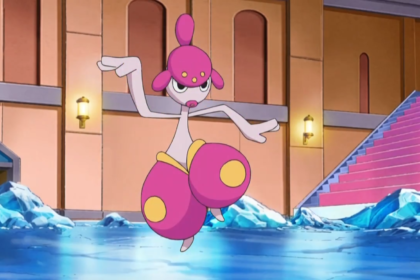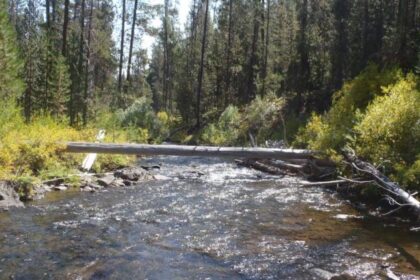While many people will likely have heard of Tasmania thanks to its famous ‘devil’, the island actually has a rich and intriguing history, as one of the oldest territories in the Australian Federation. Did you know that Tasmania is actually one of the biggest islands in the world? It’s thought that Aborigines have been here for tens of thousands of years, too! Australia really is an intriguing corner of the globe for so many reasons! Take a look below for 30 incredible and fun facts about Tasmania.
1. Tasmania is an island located 240 kilometers south of Victoria in Australia.
2. Separating Tasmania from Australia’s mainland is a stretch of water called the Bass Strait.
3. Tasmania and the 344 smaller islands surrounding it form the ‘island state’ of Australia, with Tasmania being the largest of the group, and the 26th largest island in the world.
4. Tasmania was discovered in November 1642 by Abel Tasman. He was a Dutch explorer and initially named the island in honor of his sponsor. It was once called ’Anthony Van Diemens Land’. Van Diemen was famous as Governor of Indonesia.
5. The name of the island was changed to ‘Tasmania’ in 1856.
6. Though Tasman is on record as the first European to discover the island, Aborigines have lived here for more than 35,000 years!
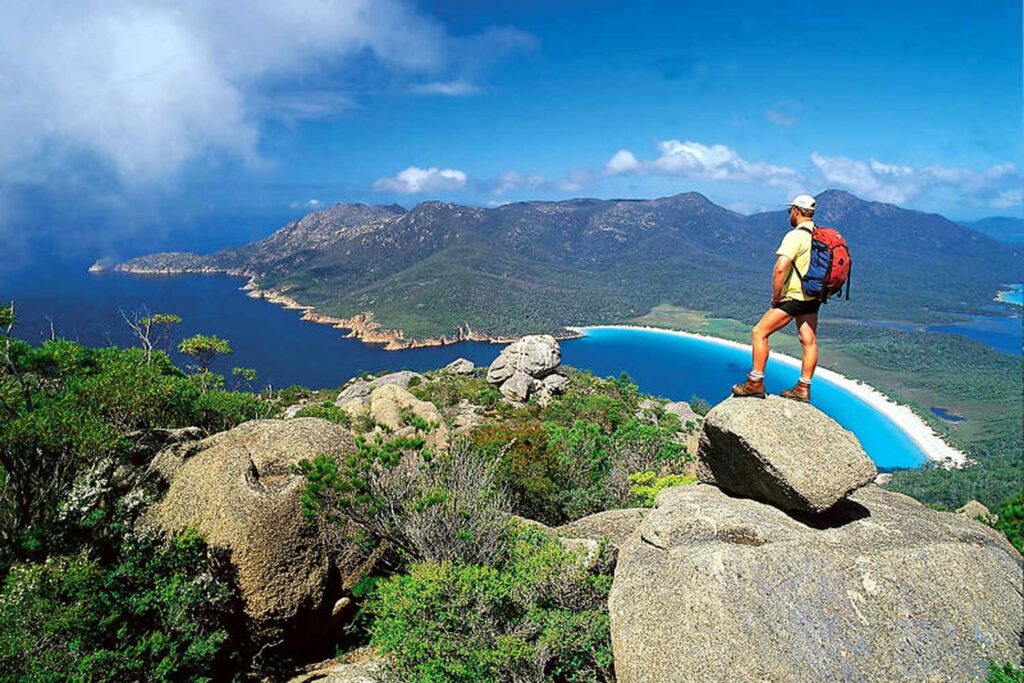
7. The island has an area covering 90,758 square kilometers.
8. An ‘Air Pollution Station’ at Cape Grim records the air quality. According to their reports, Tasmania has the cleanest land air in the world!
9. This is attributed to it being an island and a considerable distance from any industrial build-up. Ocean winds, of course, also clear the air.
10. Large parts of the island are only accessible on foot, if at all! 20% of the island is classified as a ‘World Heritage Site’, including forest areas, parkland, and areas of marine interest.
11. Hobart is the capital city of Tasmania and is located at the estuary of the Derwent River.
12. Following Sydney in first place, Hobart is the second oldest capital city in Australia.
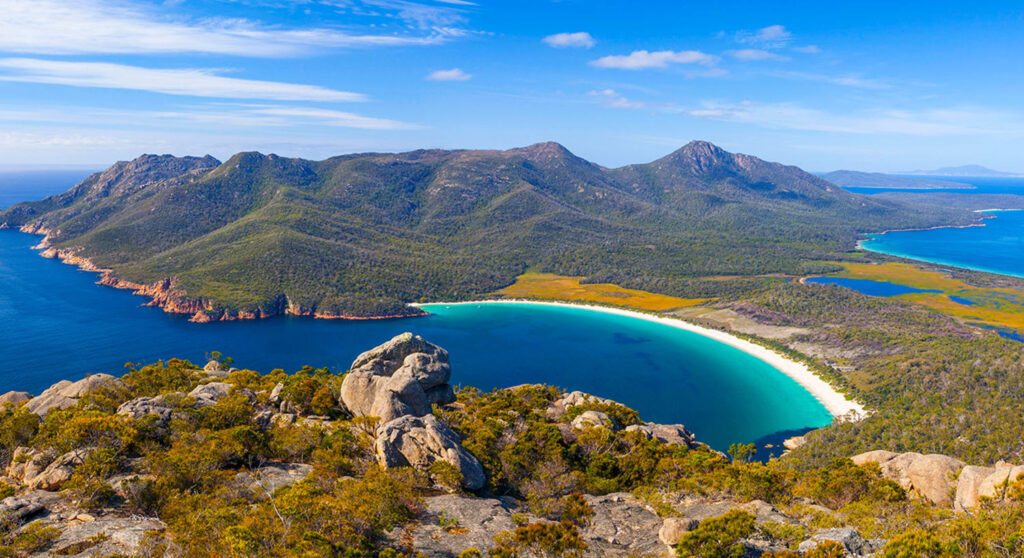
13. Before the ice age 30,000 years ago, Tasmania was visibly attached to Papua New Guinea.
14. Estimations suggest that as the ice gradually melted over a period of approximately 6,000 years, the Bass Strait began to cover a part of the land mass as water levels rose.
15. In the early 1800s, conflicts between the tribal inhabitants of the island resulted in segregation, and in 1830, the ‘Black Line’ is on record as the boundary dividing two tribes from others.
16. During the 19th century, settlers had integrated with the original inhabitants of the island, and thereafter further disputes about ‘land rights’ and determining who should have use or ownership of territory, was a major cause of community disruption.
17. As explorers from other continents realized that Tasmania was separate from Australia, other attempts were made to ‘claim’ the island for other countries as a base to come under their control.
18. In 1803, Philip Gidley King, who was the Governor of New South Wales, realized the French were about to make an attempt to claim Tasmania.
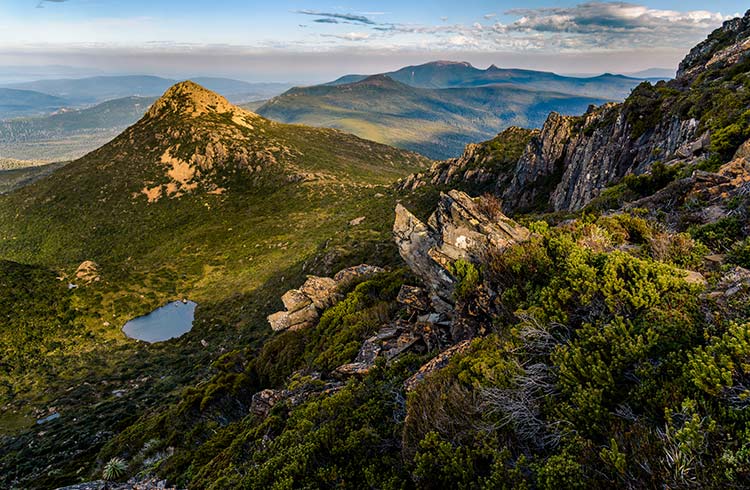
19. Governor King sent 50 men to establish a base at the estuary of the River Derwent. In 1803, the team established a base there.
20. Due to its separation from mainland Australia, Port Arthur on the island became the arrival point for prisoners deemed too dangerous to be held in New South Wales.
21. The island became known as a ‘fortress for convicts’ and continued to be so until 1853 when the regular transportation of prisoners ceased.
22. Tasmania gained an apology from Brisbane when, in 1982, its name was omitted in error from the 1982 Commonwealth Games’ publicity.
23. Having a low population and with much of the land undeveloped, Tasmania was able to secure an economical advantage by tapping into an agreement that all states in the Australian Federation gain an income from imported goods.
24. Tasmania, however, retains the title of being Australia’s poorest state.
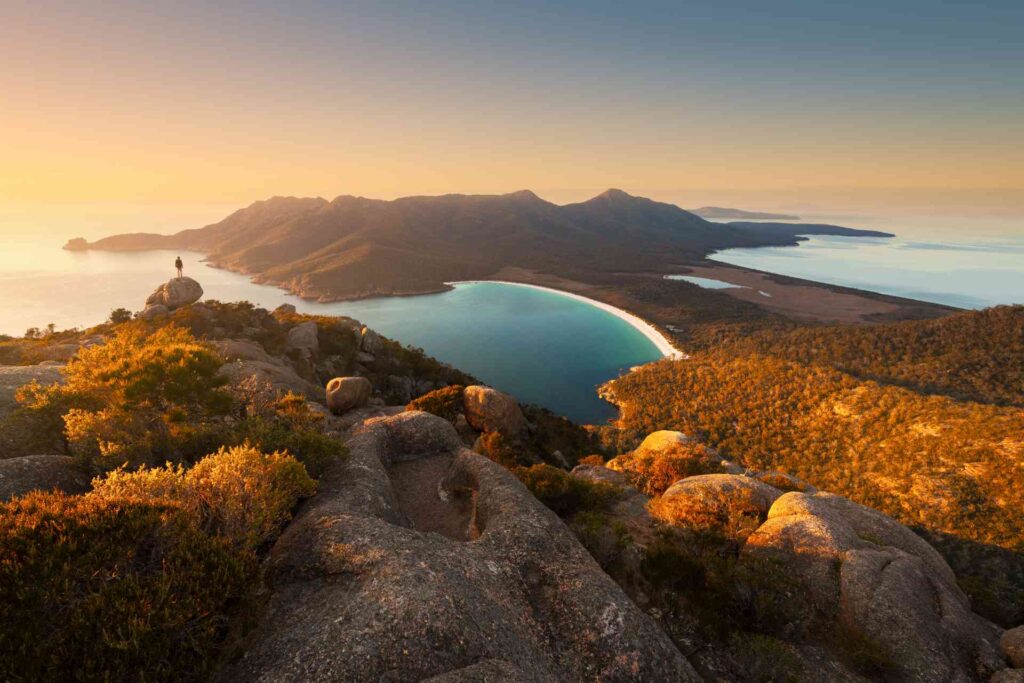
25. The Australian dollar is the main currency of Tasmania. Other currencies are rarely accepted apart from in Hobart, Launceston and at a currency exchange found at the airport in Hobart.
26. An annual festival of music and art is held in Tasmania. It’s sometimes referred to as ’MONO’ or ‘FOMA’, which stand for the ‘Museum of Old and New Art ‘and ‘Festival Of Music and Art’. The event takes place each January.
27. Many dangerous snakes live in Tasmania. The lowland Copperhead Snake and the Tiger Snake are the two most venomous and can cause harm to humans.
28. However, a stinging ant presents a greater problem than snakes in Tasmania! The Jack Jumper Ant is said to cause roughly one death every four years, though its attacks are also said to cause plenty of discomfort.
29. Wood Scorpions also live in Tasmania. Their stings are painful, but not known to be fatal.
30. Tasmania is home to the oldest golf course in the world and has 69 golf courses in total!

